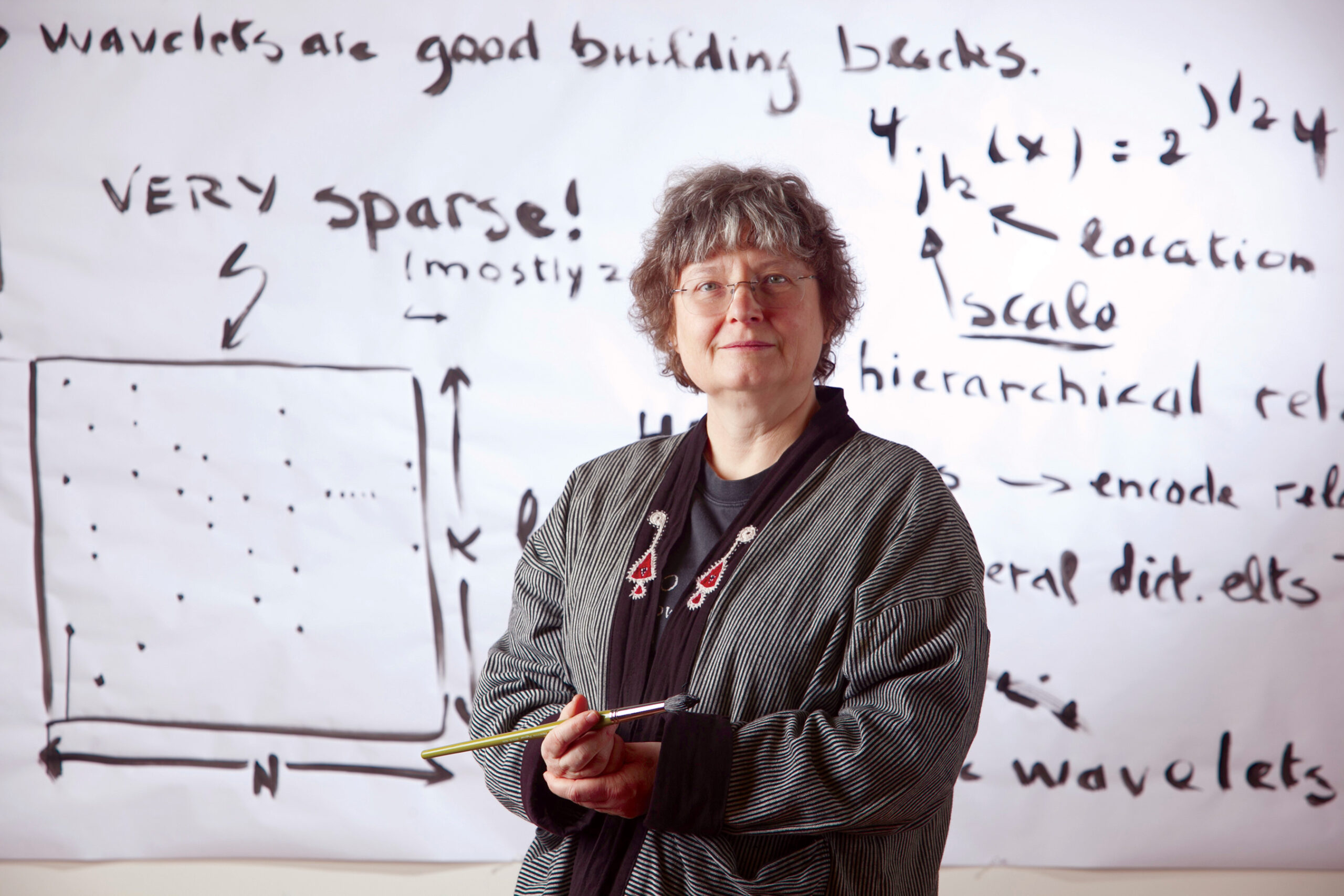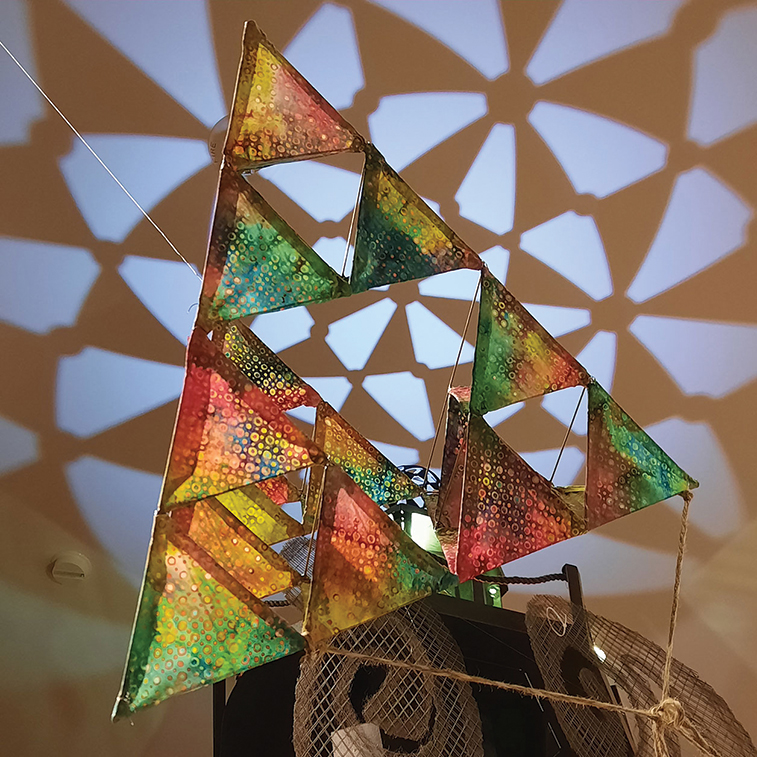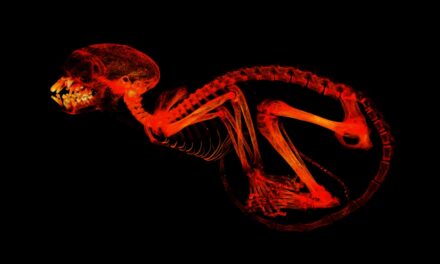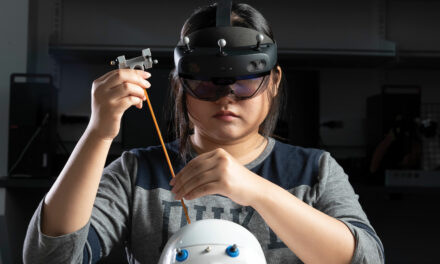Beyond the Pinnacle
With the additions of Guillermo Sapiro in 2022, Duke ECE now has four faculty members who belong to the National Academy of Engineering (NAE). The NAE’s peer-elected members hail from business, academia, and government and are among the world’s most accomplished engineers.
Not ones to rest on their laurels, our four NAE members still engineer in service to society. Here’s what they’ve been working on recently.
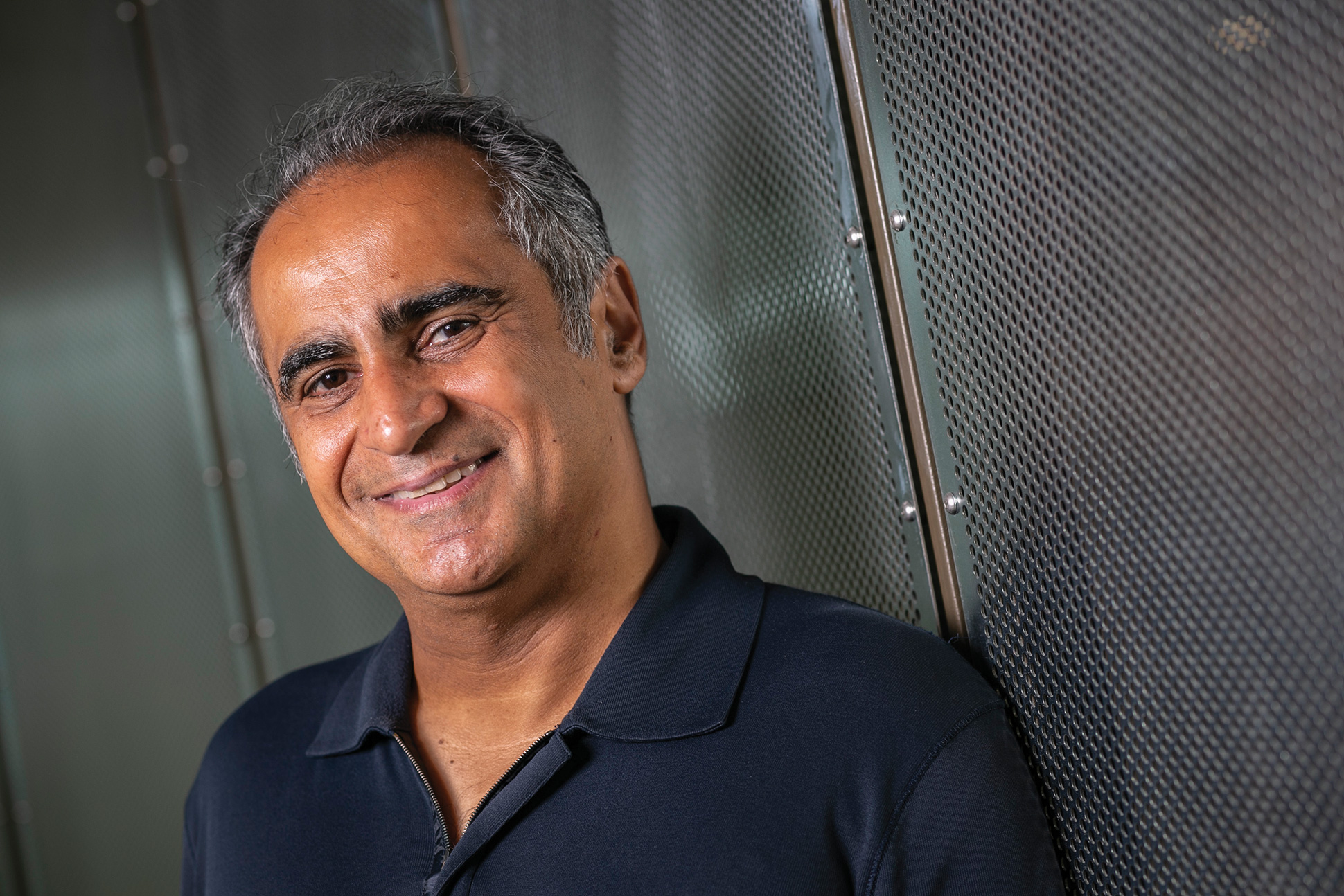
Vahid Tarokh
When Vahid Tarokh joined Duke Engineering’s faculty in 2017, he’d already had a rich engineering career, both in private and public sectors. While at AT&T Labs in the late 1990s, he helped invent the algorithms called space-time codes that most modern cellular phones use to transmit data. The technique sends several data streams of information simultaneously and combines the segments of received signal in an optimal way to provide signal redundancy in case one falters. And while at Harvard University in the 2000s, he and his then-students revealed the power of cognitive radio transmission, which automatically detects open communication channels and uses them while avoiding occupied ones.
While Tarokh was cited for the former accomplishment when he was elected to the National Academy of Engineering in 2019, the latter work was also well known and used in many communication protocols. But according to Tarokh, there’s still more research he has helped produce that could impact the field. One example is sparse adaptive filtering, which has potential applications in echo cancellation in speech processing systems and equalization or channel estimation in wireless systems.
More recently, Tarokh has been working to build foundational insights into machine learning approaches and applications, especially when it comes to predicting rare but large events from a small amount of data. Some events, like earthquakes, are naturally occurring and can happen most anywhere on the planet. Others, like a rare but crippling electronic device failure, can occur anytime but only in one place. Whatever event Tarokh is examining, he brings together a mixture of math, machine learning, and computational power with the goal of generating useful information and practical solutions.
“Does an earthquake in Nevada cause an earthquake in Los Angeles? Can a New York Stock Exchange crash lead to a crash in the Hong Kong Stock Exchange?” Tarokh said. “These extreme events occur with very low frequency, but when they happen, they have a big impact. These are the kinds of things I think are interesting.”
Robert Calderbank
Robert Calderbank already had an illustrious engineering career before he joined Duke’s faculty in 2010. Early in his career at AT&T Bell Labs, where he was eventually vice president for research, Calderbank essentially helped usher in the age of the internet. An expert in information science and communication protocols, he helped develop voiceband modem technology that was widely licensed and incorporated in over a billion devices. If you’re old enough, you remember the technology as all the beeps and squeaks your computer made when it connected online. He also developed space-time codes that helps multiantenna systems send and receive interwoven signals—a technology used by every cell phone ever made.
These accomplishments were largely the reason for Calderbank being named to the National Academy of Engineering in 2005—but there are many more that may still influence the future of technology. For example, an under-the-radar paper published nearly 25 years ago has been climbing in citations since 2015. Showing that quantum error correcting codes are mathematically no harder to create than their digital counterparts, Calderbank may also have helped open the door to the future of quantum computers.
“I’ve made my living sitting next to experimentalists and listening to them,” Calderbank says. “I don’t always understand them, but I’m betting that every now and then I’ll figure out how to do something they can’t. It’s hard putting together the physics and the hardware and software combination, and I like being in the middle of that.”
Since coming to Duke just over a decade ago, Calderbank has transformed the way the school teaches data science and computer science. As director of the Rhodes Information Initiative at Duke, he started a summer program called Data+ that lets teams of undergraduates tackle real-world problems brought to them by corporate partners. Due to its smashing success, similar programs called CS+ and Code+ have followed its model. It also inspired a sophomore-level data science class required by every Duke Engineering undergraduate.
“It’s gratifying to see other units on campus gravitate toward an idea and institute it in their own way,” Calderbank says. “I take great pleasure in seeing these programs thrive even if I’m not the one at the helm.
“I’m proud that the footprint of my programs has grown so much in the past 10 years. Of course I can’t take all the credit—it wouldn’t have happened without a lot of people working hard toward a common goal.”
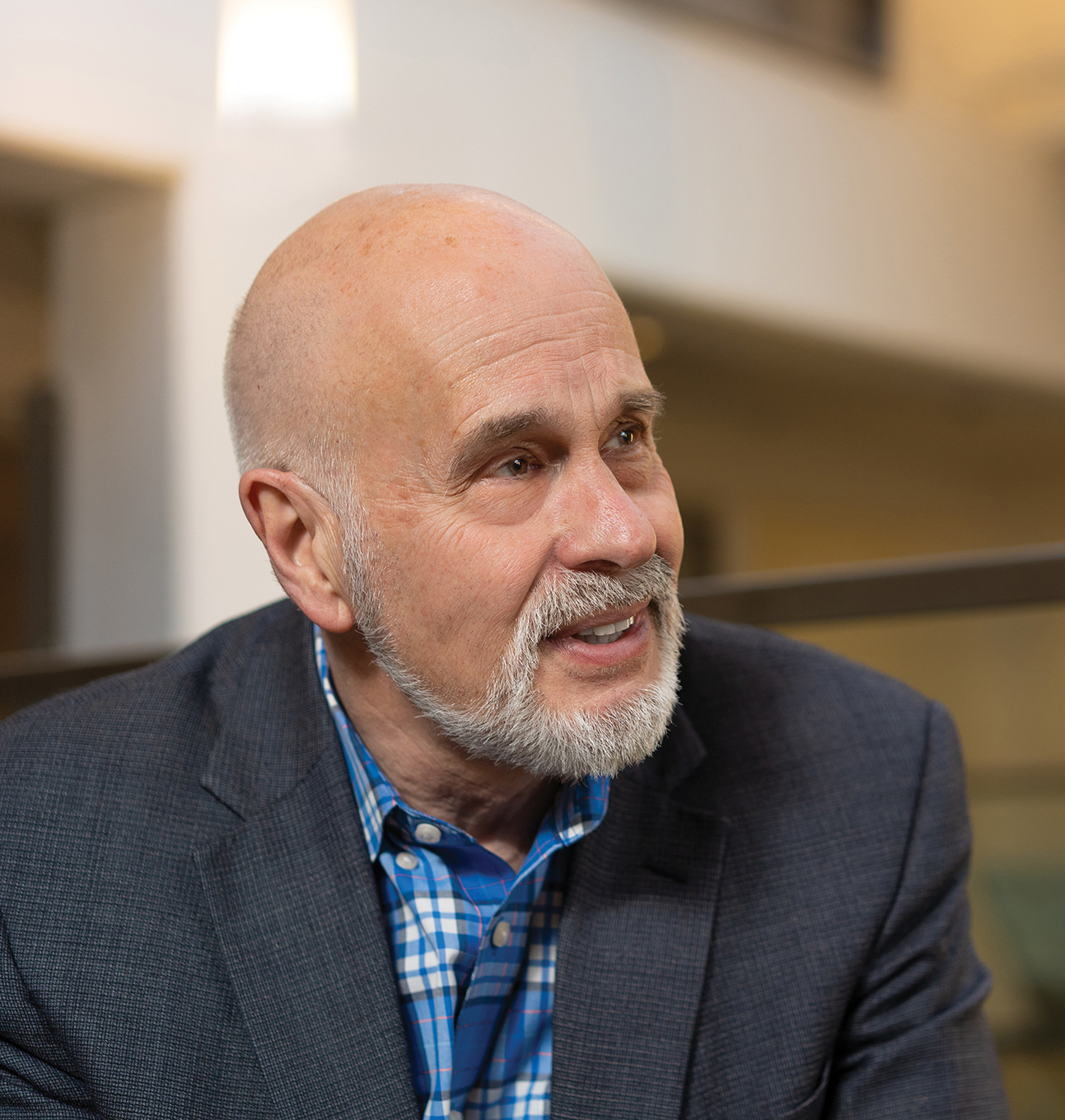
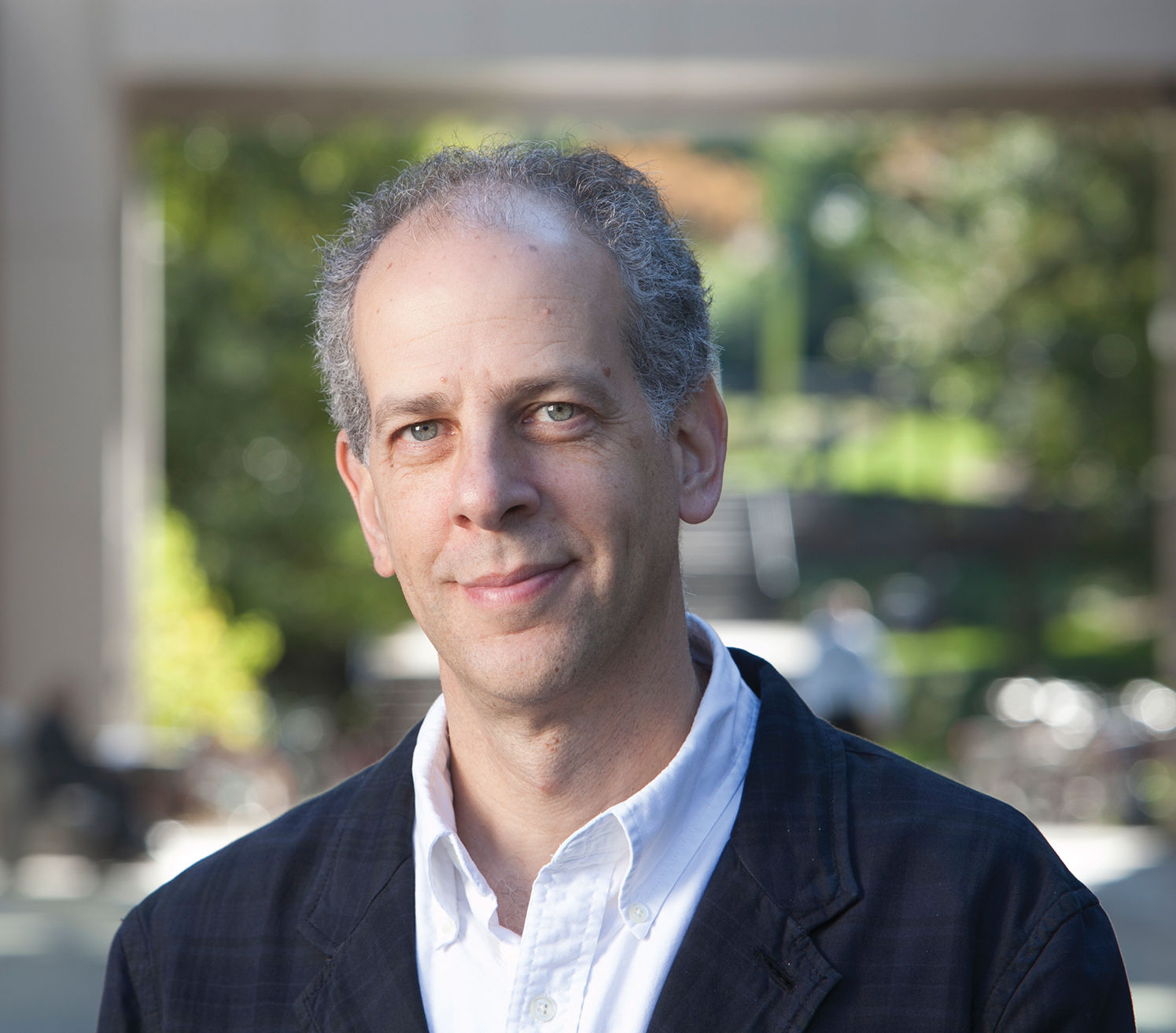
Guillermo Sapiro
The most recent of Duke Engineering’s faculty members to be inducted into the National Academy of Engineering, Guillermo Sapiro was selected for the honor in February 2022. With a rather broad citation of “contributions to the theory and practice of imaging,” Sapiro’s body of work is as varied as it has been foundational.
Sapiro has the rare distinction of winning a “Test of Time” award for both machine learning and computer vision. The former was given to him in 2019 for research that creatde an efficient, general-purpose “dictionary learning” algorithm that set the stage for more complex machine learning concepts. The latter in 2011 for work focused on detecting object boundaries in images using active contours evolving in time.
“In these past 30 years, my team has managed to be early and pioneer multiple times, both in foundations of computer vision and machine learning and in their applications to real problems from computational photography to medicine,” Sapiro says. “It has been my highest privilege to get to work with a team that always sees the future.”
Having so many irons in proverbial fires, Sapiro says that the work he’s pursuing related to health care has meant the most to him in recent years. One example is a mobile application to screen for autism in young children. The project, which has been under development for nearly a decade, has led to new insights about autism spectrum disorder (ASD) and has the potential to transform how child development is screened and monitored. With a newly renewed Center of Excellence grant supporting these efforts, Sapiro is working to improve the accuracy and access of autism screening with the digital health screening approach that can be implemented in real-world settings, including primary care clinics and homes.
“We managed to put together a very talented and diverse team, and I hope we make a major impact in helping children achieve their potential,” Sapiro says. “That will be the true impact.”
Despite showing no signs of slowing down anytime soon, Sapiro also says that the most important work he has to look forward to won’t necessarily show up in a publication. As he continues to push multiple fields forward, he’s also making sure the students working with him are getting plenty of experience to continue carrying the torch.
“I think my major challenge for the coming years is to mentor the new generation,” Sapiro says. “They are smarter than me and more than capable to not just continue what we started, but to improve it by orders of magnitude. I am excited to see what they will achieve.”
Ingrid Daubechies
Ingrid Daubechies hardly needs an introduction. Dubbed “The Godmother of the Digital Image” by the New York Times, her pioneering work on wavelets enabled the creation of image compression algorithms such as the JPEG. She’s won just about every award there is in a variety of fields, ranging from a MacArthur Foundation fellowship to membership in the American Academy of Arts and Sciences and the United States National Academy of Sciences.
But it wasn’t until she came to Duke that she was recognized for her contributions to engineering. With an affiliation to Duke’s Department of Electrical and Computer Engineering, Daubechies was elected to the National Academy of Engineering in 2015.
Thanks in part to the interdisciplinary nature of the university as a whole, Daubechies has continued to work on multiple projects in multiple fields for more than a decade. Her work on signal and data analysis theory has underpinned advances in AI neural networks, spurring collaborations with biologists and art historians alike. For example, she has developed algorithms to spot original paintings from forgeries, remove a canvas’s supportive framework from x-ray scans, and reconstruct a missing panel of an altarpiece by Francescuccio di Cecco Ghissi, an Italian painter from the 14th century.
“I feel extremely lucky to have been at the right place at the right time with the right background to put things together in a way that other people haven’t,” Daubechies said. “So many people have to express their creative interests outside of work, but I’ve been able to blend my passions for math and creativity and still get paid for it.”
One of Daubechies’s latest pursuits is a mathematically inspired art installation called “Mathemalchemy.” The 20-foot-long, 10-foot-wide mixed-media art installation is the result of a two-year collaboration between Daubechies, Canadian fiber artist Dominique Ehrmann and more than 20 others. After debuting at the National Academy of Sciences building in Washington DC on January 24, 2022, the piece began traveling the country in June.
“Mathemalchemy gave me a way of having community through the pandemic that was lively and fun,” Daubechies said. “It’s a different way of bringing math to a wide audience in the hopes of inspiring young people to see the fun, whimsy, beauty and creativity in mathematics.”
In the coming year, Daubechies will become the fifth Distinguished Visiting Professor for the Public Dissemination of Mathematics at MoMath, the world’s first museum dedicated to mathematics, located in New York City. While there, she will work with the public outreach mission of the museum while also interacting with researchers in the Simons Foundation’s Center for Computational Mathematics.
